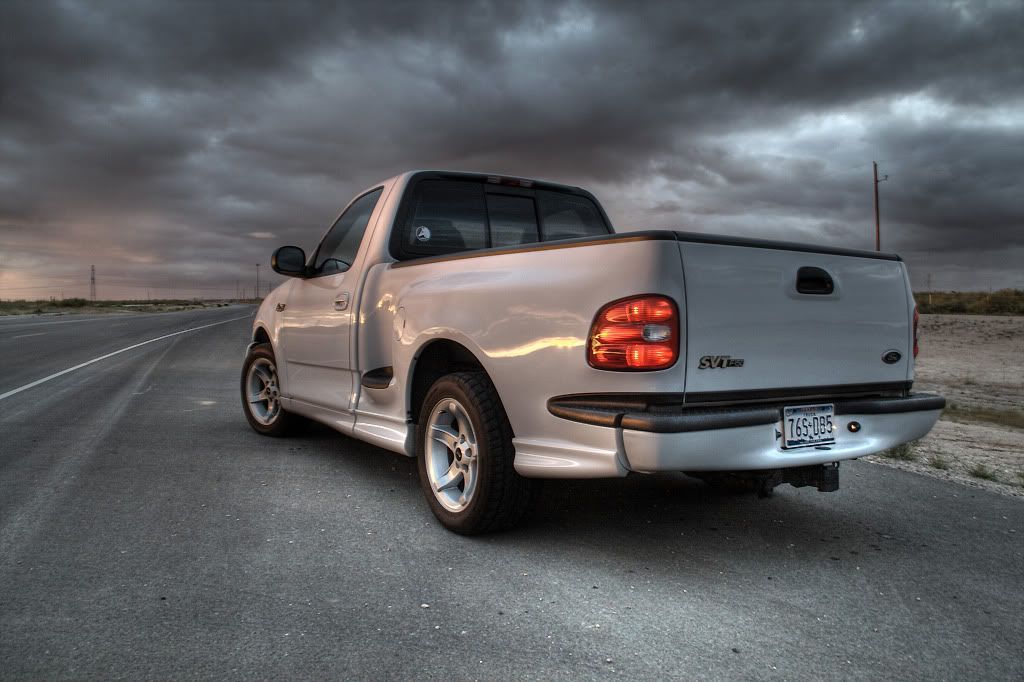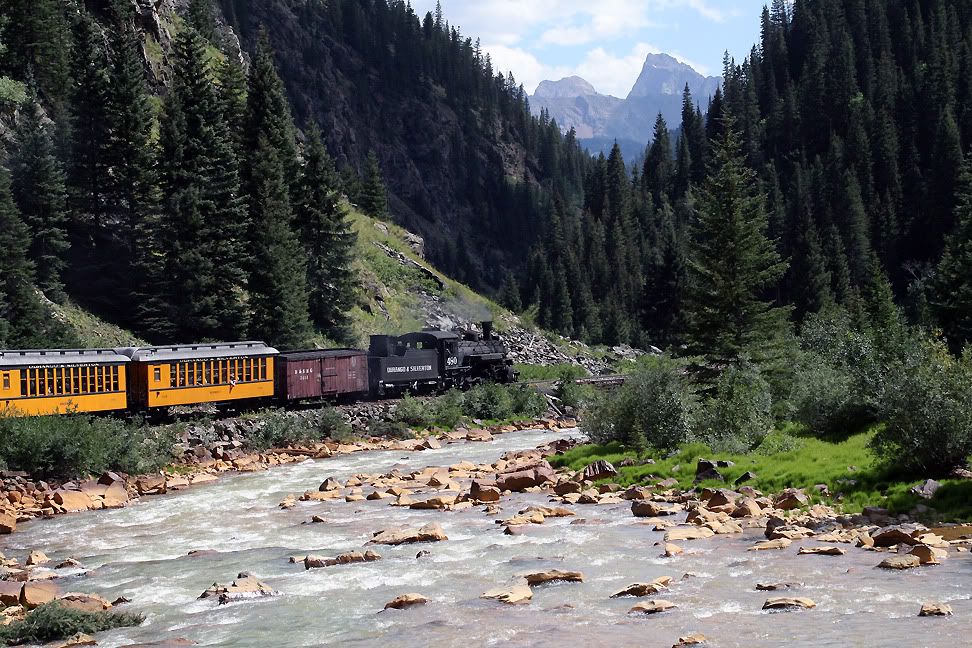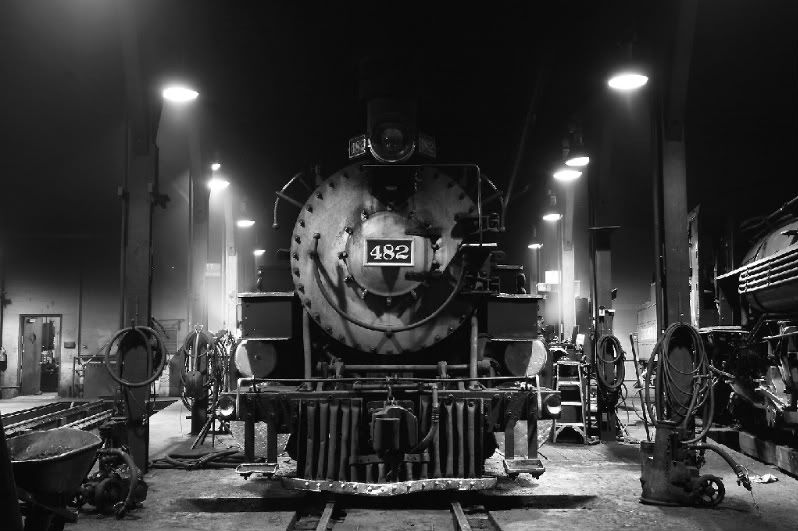I've been studying a lot of the photos in OGR and on this and other forums here. I post a lot of photos - it's easy to do and, true to the cliche, they are each worth a thousand words. In terms of conveying information - my purpose most of the time, I'm pleased enough with them.
However, none of my photos have much drama. Maybe it's my layout: maybe there is no drama there. But I know my photography is hardly first rate. And I can't blame the camera - after a (very true) comment from Allan Miller during working up my article in OGR a year ago that my photography was marginal I bought a high-end Sony everything that always takes perfectly focused images, etc. Its something more.My problem is there no secret there is more to photography than operaitng the camera. I just don't know what the secret is . . .
Not to take anything away from people like Norm Carbonnaue, Scher and others, who build masterful scenery with awesome detail but my sense after studying some of the incredible images of their layouts is that the "wow" factor is as much due to the photography as the modeling. And example is the spectacular images posted today by Ffffreddd in the Scenergy forum ("Roads and Fences"). The lighting, angle, position of the camera, as well as all that "camera stuff" (depth of field, focus, etc.) on those photos had to be perfect to get such spectacular images.
How do you do that? I have searched for a book specifically on taking pictures of model railroads but have not turned up anything that looks good. On Amazon I ordered a couple of books on high-rail modeling which seem to address it tangitially, but only in passing, and a book on "close up" photography (seems to be mostly flowers) which I figure won't help that much (but it was only $4 with free shipping). I also got a book on photographing models (the glued together kind, not the human kind!), but models don't usually have substantial backgrounds and scenery like model railroads, etc.
Anyone have any tips?




 - David
- David

































